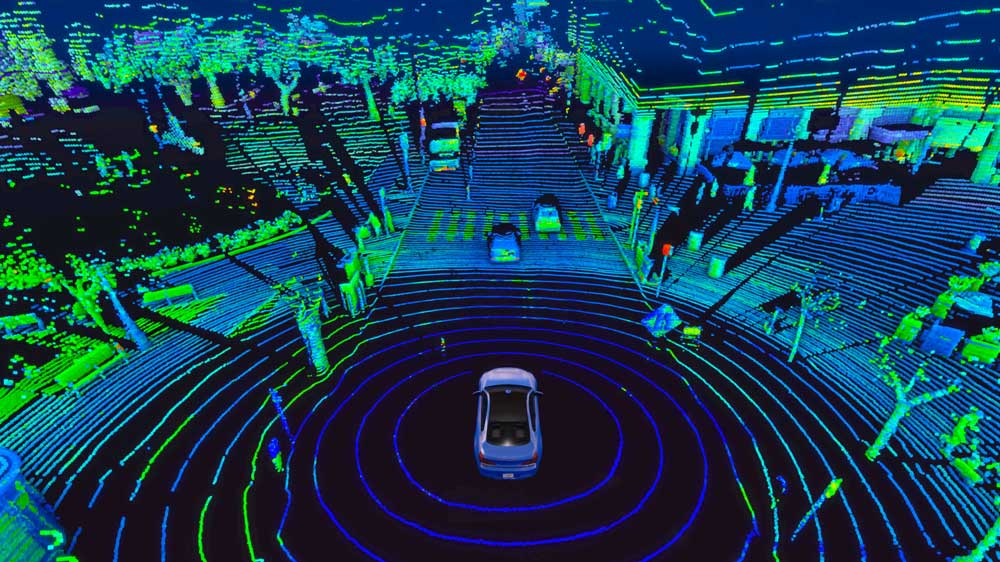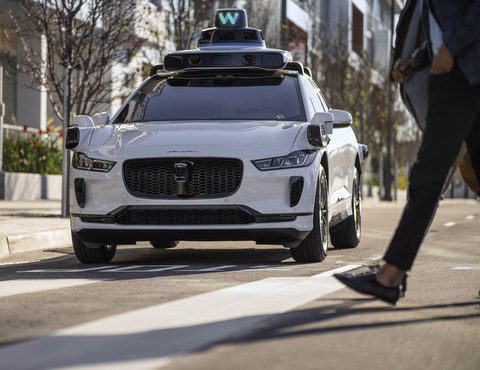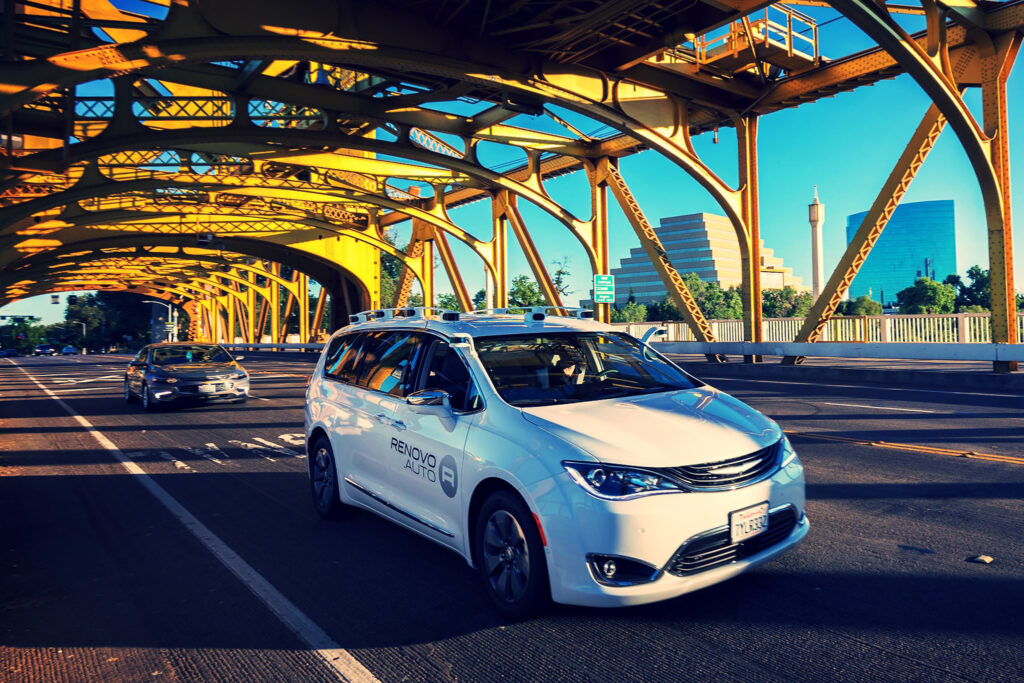Tech: Does Lidar Impact EV Efficiency?
Analyzing the Energy Impact of a Critical Technology
Light detection and ranging—or lidar—is one of the most well-known staples of autonomous vehicle technology. Lidar creates accurate maps of the environment using laser, sonar and radar technology. Connected autonomous vehicles (CAVs) that include advanced driver assistance systems (ADAS) use lidar to make them more capable of sensing their environments for safety and precision. However, these sensors use a fair amount of energy, so doesn’t that impact an EV’s efficiency or battery life?

How Much Does Lidar Impact Efficiency?

The amount of energy lidar sensors use varies between brands. Velodyne’s Velarray H800 uses 13 watts, which could save up to 0.042 kilowatt (kW) per vehicle if it replaced more energy-intensive alternatives. Considering how much Americans commute and navigate traffic, this adds to significant power losses that make experts question whether it’s a worthy sustainable investment until technology improves.
Lidar affects efficiency in a few ways. However, even with energy-efficient options providing similar—if not better—field of view (FOV), studies show lidar could still reduce battery life by causing drag. Luckily, these early studies looked mainly at rooftop-mounted devices. Drivers in neighborhoods or cities could see a 5-15% exertion on their battery. If makers didn’t include lidar or it used solid-state technology, it had no noticeable effects on aerodynamics—another concern if EV drivers want to make distance a priority.
What’s the Distinction Between Different Lidars?
To show drivers EVs are a better option than gas or diesel-powered vehicles, manufacturers must juggle several kye performance indicators to signal quality products, including FOV, resolution-to-power and range-to-power ratio—on top of power usage.

Lidar continually informs the vehicle how much energy it uses to power its sensors. The sensors then help cars make decisions, such as when to brake or avoid a collision if objects are too close. The number of sensors significantly impacts energy use, and most lidar systems employ around four sensors instead of attempting to find ways to use single-sensor models.
Additionally, makers can analyze which lidar syste, is better for long-term vehicle health and efficiency. Is time-of-flight lidar less energy intensive because it measured light photons, but required another device? Or, should CAVs have frequency-modulated continuous-wave (FMCW) lidar that has a perpetual light on to observe the area? FMCW may be the best answer for balance and velocity, but automakers can still make improvements and changes to these systems in time.
What Can Improve Lidar Performance?
Manufacturers could consider that lidar isn’t a total solution, and companies could improve EV and lidar efficiency by implementing novel technologies that require less energy. Autonomous mobile robots (AMR) can empower lidar systems for more accurate and efficient obstacle detection and speed control.
Despite an assumed loss in efficiency because of fewer sensors, lidar can be implemented as a single-sensor system and still generate determinations with equal accuracy and less power. The quality of the sensor is the critical piece in the efficiency problem, but the efficiency of the ADAS to analyze and react is equally crucial. Manufacturers can begin process discovery by analyzing the data ADAS provides.

Another essential factor in lidar efficiency is cybersecurity. Without a defensive system, hackers could compromise technologies and decreasr the sensors’ capabilities to transmit data to the ADAS. Manufacturers should follow frameworks like WP.29 to make secure lidar. Without that, vehicle efficiency could plummet no matter how innovative the rest of the tech is.
An Ideal EV-Lidar Relationship
EVs have their shortcomings, as does any rising new technological phenomenon. Improving lidar capabilities will improve the environmental efficacy of the vehicle while saving drivers on maintenance and battery life. It will also advance the normality of CAVs, making them a more realistic ecological option for the future of EVs.
Related stories you might enjoy:
Opinion: Why Software is the Key to Safe Autonomoous Vehicles
Tech: Autonomous Vehicles Are Going to Require a New Brain
